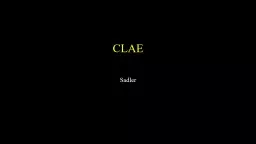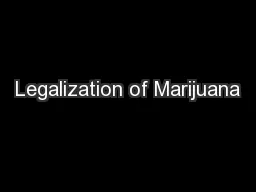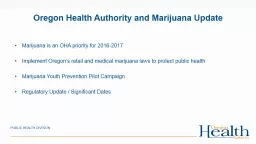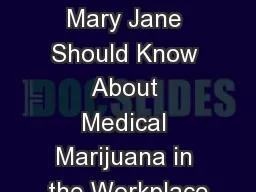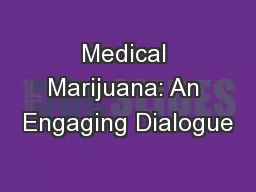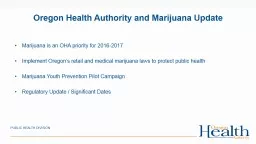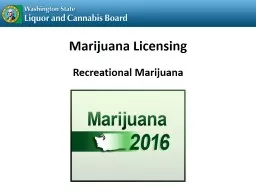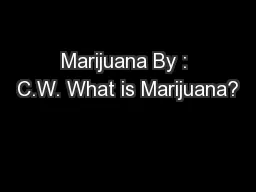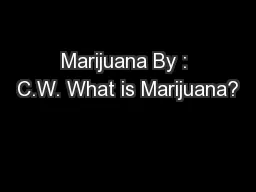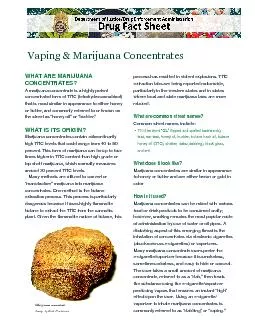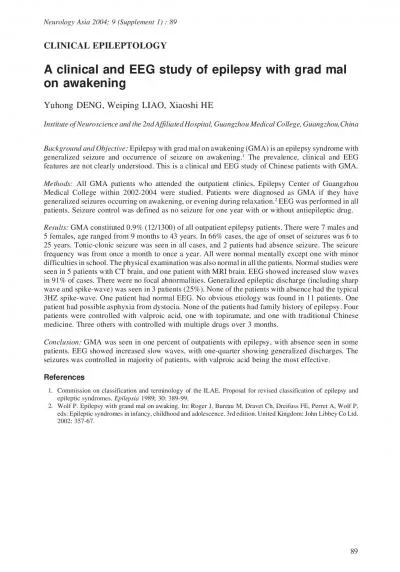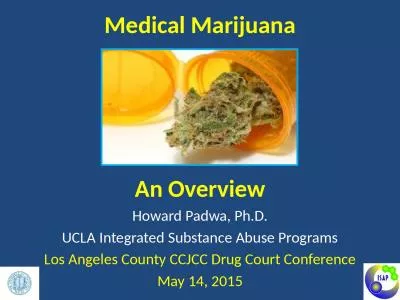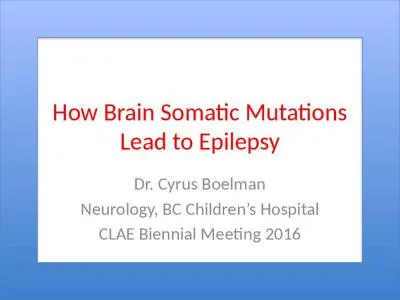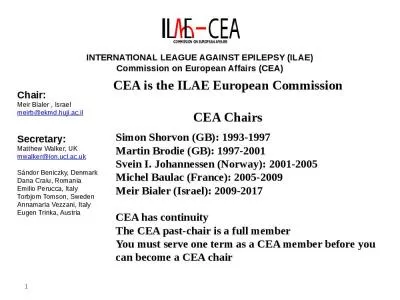PPT-The Case Against Medical Marijuana in Epilepsy
Author : pasty-toler | Published Date : 2019-03-02
CLAE 2016 Dr Mark Sadler Dalhousie University Halifax NS Disclosures I have received honoraria from Eisai and UCB Canada I have no disclosures relevant to this presentation
Presentation Embed Code
Download Presentation
Download Presentation The PPT/PDF document "The Case Against Medical Marijuana in Ep..." is the property of its rightful owner. Permission is granted to download and print the materials on this website for personal, non-commercial use only, and to display it on your personal computer provided you do not modify the materials and that you retain all copyright notices contained in the materials. By downloading content from our website, you accept the terms of this agreement.
The Case Against Medical Marijuana in Epilepsy: Transcript
Download Rules Of Document
"The Case Against Medical Marijuana in Epilepsy"The content belongs to its owner. You may download and print it for personal use, without modification, and keep all copyright notices. By downloading, you agree to these terms.
Related Documents

